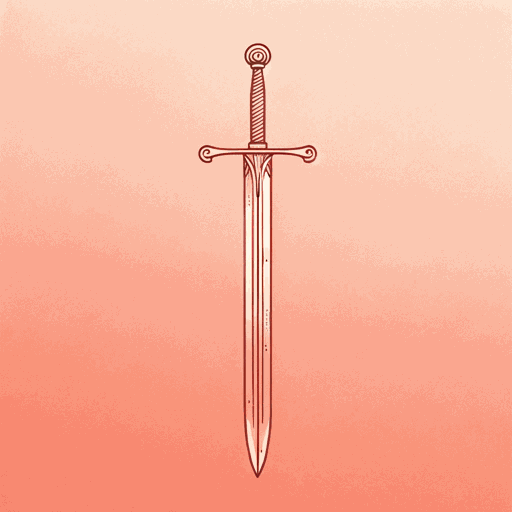31 pages • 1 hour read
AnonymousJudith
Fiction | Poem | Adult | Published in 975A modern alternative to SparkNotes and CliffsNotes, SuperSummary offers high-quality Study Guides with detailed chapter summaries and analysis of major themes, characters, and more.
Symbols & Motifs
The Wolf and the Raven
Judith is a narrated poem, although the poem reveals its frame only infrequently. One such moment occurs at the opening of Part 4, when at dawn the Israelites, inspired by Judith and now “keen for the conflict” (Line 218), prepare for their surprise attack. The speaker observes in the woods along the periphery of what will soon be the bloody field of battle a “lank wolf” and a “wan raven” (211). The speaker notes the creatures “listened in joy” to the soldiers sharpening their weapons.
The wolf and the raven are symbols that foreshadow the massive slaughter that will be recounted in Part 5. Both creatures feed on carcasses. The raven is a fierce scavenger. Although it feeds on carrion, it will not actually attack. Rather, it relies on the kill instincts of the wolf. Once the wolf rips open a carcass, the raven secures its share of the slaughtered animal. That symbiotic relationship suggests what is about to unfold will be death on a dramatic scale. Both starving creatures—the wolf is thin, the raven weak—will be more than sated with the carcasses about to be piled up. Thus, the speaker suggests, even God’s meanest creatures sense that God’s Chosen, the Israelites, “the gallant people” (Line 213) will soon gift these carrion creatures with a “feast of the fated” (Line 214), that is, the bodies of doomed Assyrians.
Related Titles
By Anonymous

Arabian Nights
Anonymous
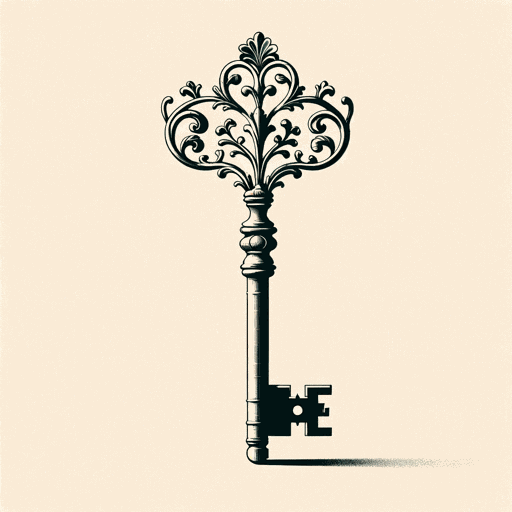
Arden of Faversham
Anonymous

A Woman in Berlin
Anonymous
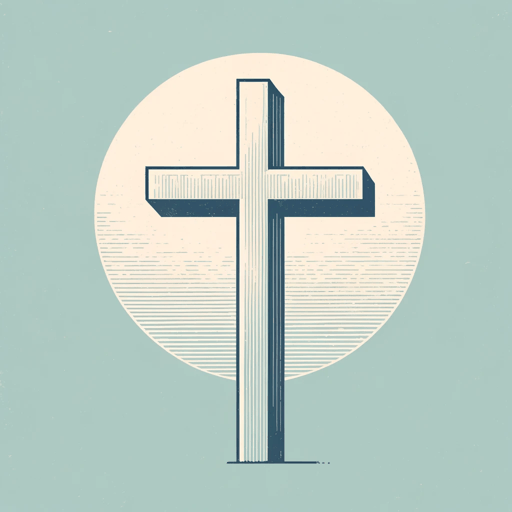
Bible: New Testament: English Standard Version
Anonymous
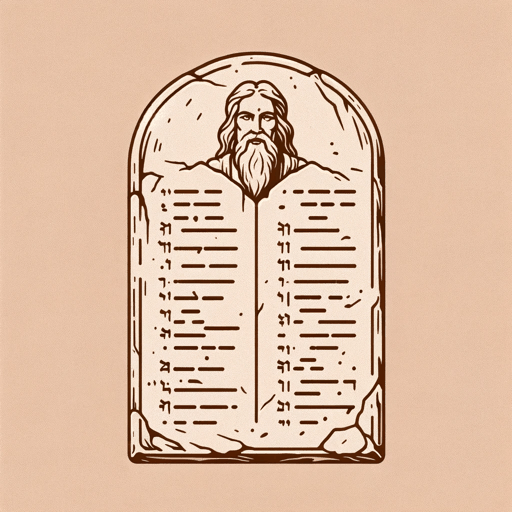
Bible: Old Testament: English Standard Version
Anonymous

Deuteronomy
Anonymous

Diary of an Oxygen Thief
Anonymous
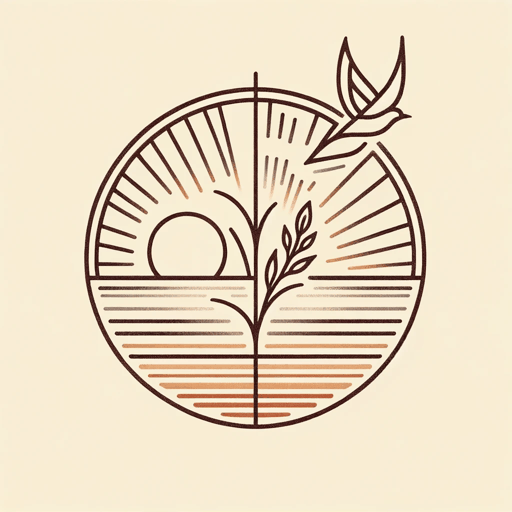
Do Not Stand at My Grave and Weep
Anonymous
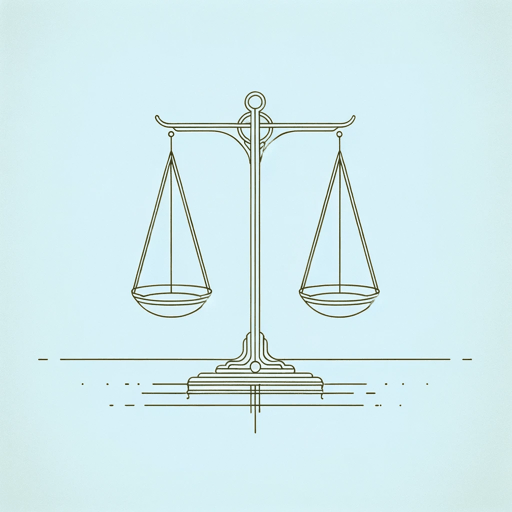
Everyman
Anonymous

Hebrew Bible
Anonymous

Holy Bible
Anonymous

Homeric Hymns
Anonymous

Laxdaela Saga
Anonymous
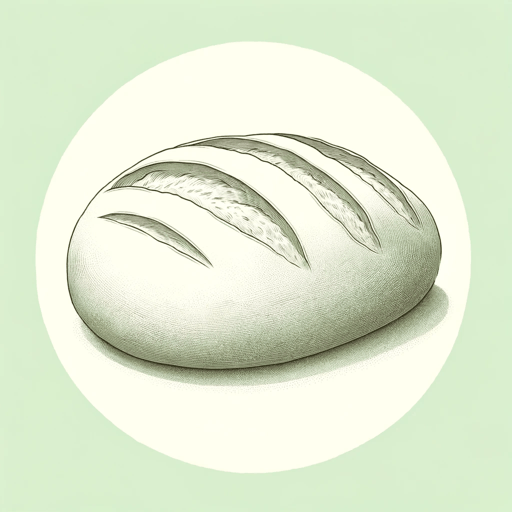
Lazarillo De Tormes
Anonymous

Mahabharata
Anonymous
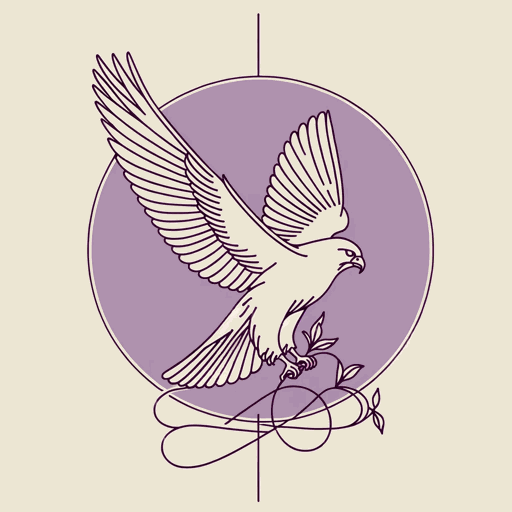
Nibelungenlied
Anonymous
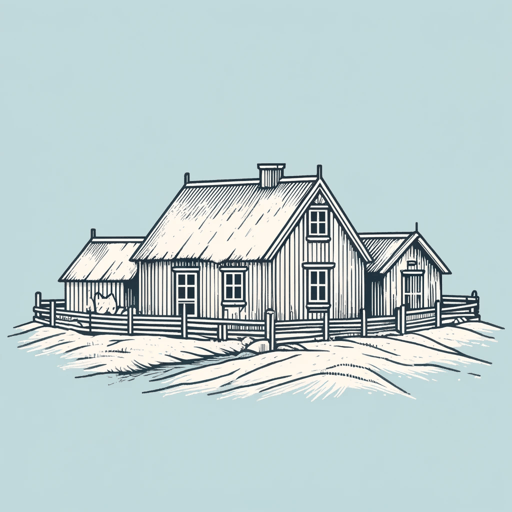
Njals Saga
Anonymous

One Thousand and One Nights
Anonymous
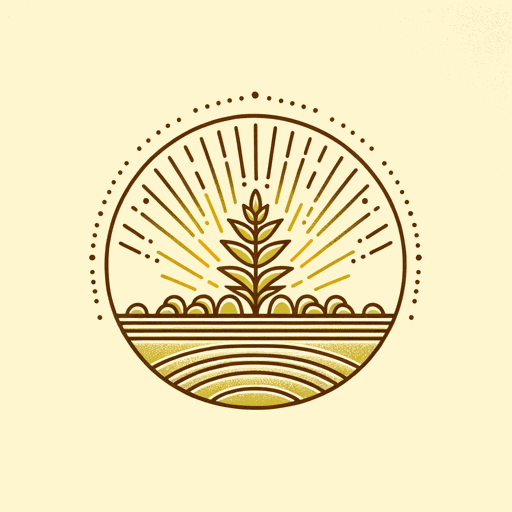
Popol Vuh
Anonymous
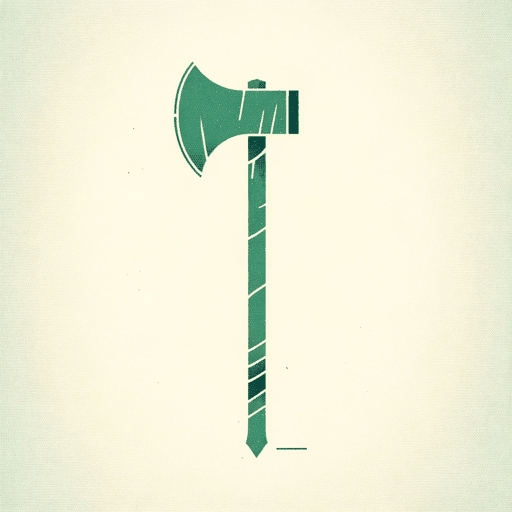
Sir Gawain and the Green Knight
Anonymous
